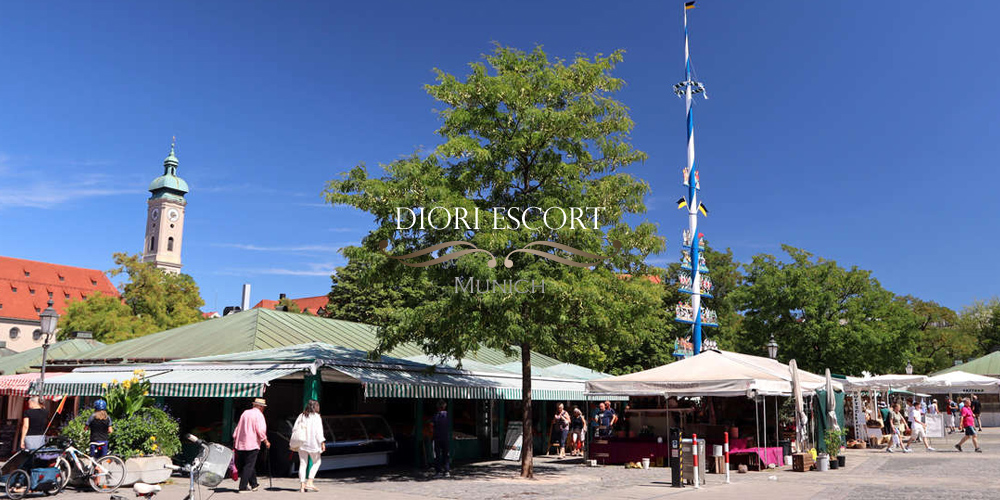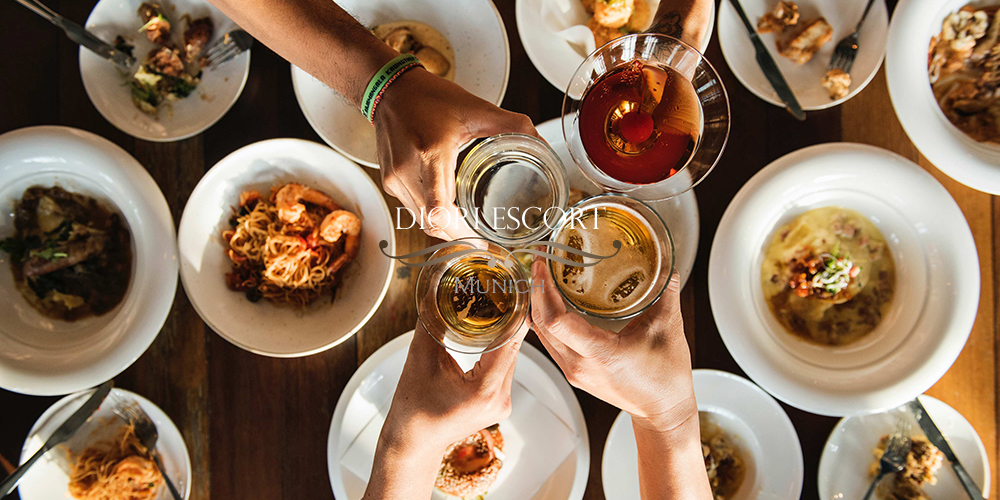ALTE PINAKOTHEK
The Alte Pinakothek is one of the main craftsmanship exhibitions on the planet. It presents more than 700 works of European artwork from the fourteenth to eighteenth hundreds of years, including probably the biggest assortment of artistic creations by Albrecht Dürer and Peter Paul Rubens. The exceptional painters of all schools are addressed by various significant works, for example, Rogier van der Weyden and Memling, Altdorfer and Cranach, Jan Brueghel the Elder and van Dyck, Raphael and Titian, Rembrandt and Frans Hals, Poussin and Murillo.
The rich craftsmanship fortunes of the Wittelsbach family structure the center of the assortment. The Alte Pinakothek, appointed by Ludwig I of Bavaria, was opened in 1836. The modeler Leo von Klenze planned a noteworthy historical center structure whose enormous corridors are enlightened by normal lookout windows. The Alte Pinakothek was significantly annihilated during the Second World War, and because of the saving endeavors of Hans Döllgast during the 1950s it turned into a model remaking engineering.
The Alte Pinakothek is situated in the focal point of the alleged Munich Kunstareal and is essential for the Bavarian State Painting Collection, the world’s biggest assortment of artistic creations.
This is a perfect place to explore with an escort companion as your private partner for the best company and having more to talk about on a dinner date.
The Alte Pinakothek Highlights
Well north of 700 compositions are in plain view in 19 lobbies and 47 cupboards. Starting around 1836, workmanship lovers have been meandering through the great rooms on two stories made by the engineer Leo von Klenze, where they wonder and experience the following:
- Features of craftsmanship history: By Albrecht Dürer Rembrandts and Albrecht Altdorfer.
- Specialty of the excellent bosses: Artistic creations by Botticelli, Da Vinci, Raphael, Titian or Rubens.
- The assortment of Old German artwork is the broadest of its sort.
- Unique presentations, studios, readings, shows or film screenings.
- Kids’ projects, directed visits and drawing courses.
- Gallery store and bistro.


